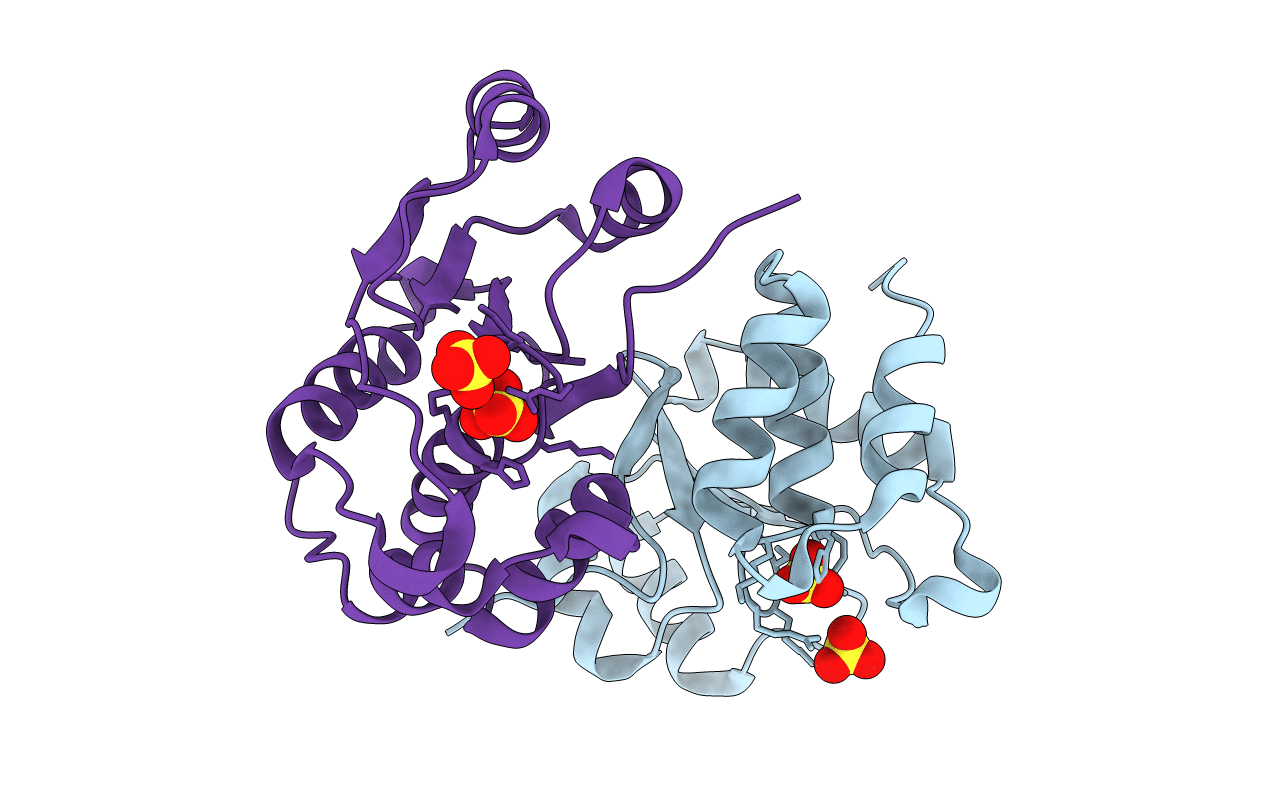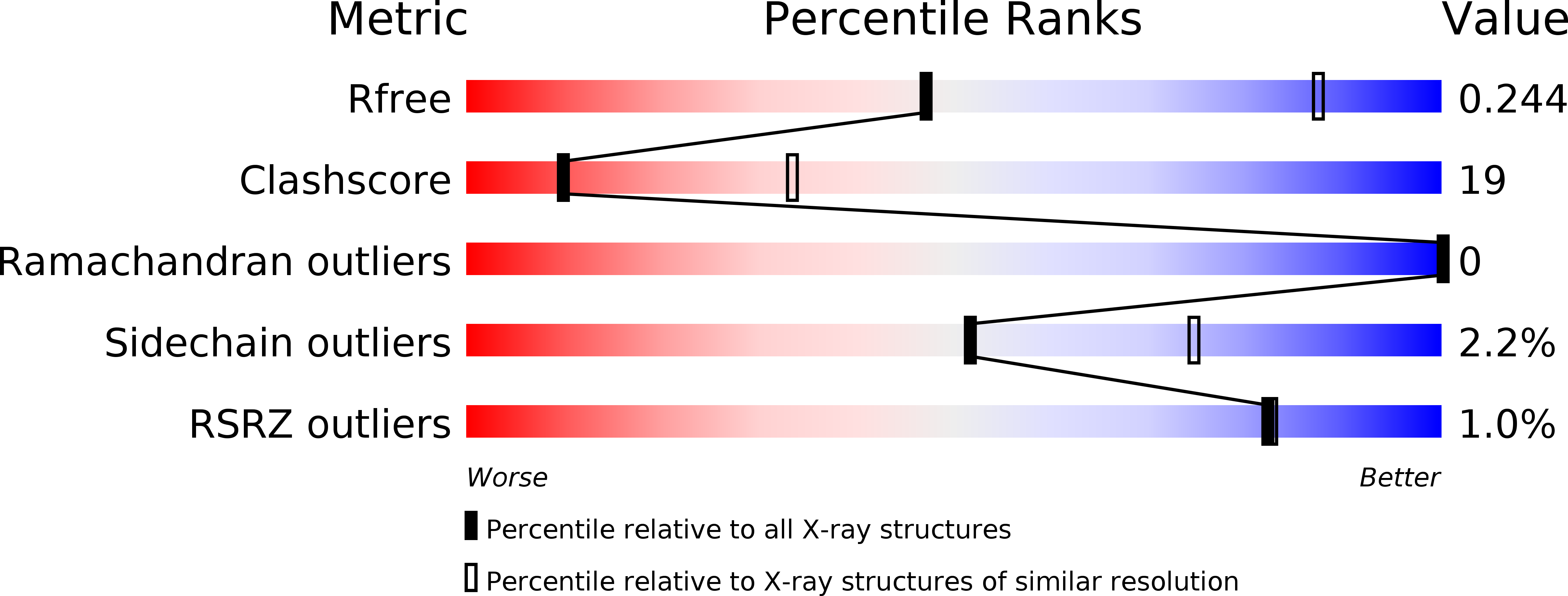
Deposition Date
2004-10-14
Release Date
2004-10-26
Last Version Date
2024-10-16
Entry Detail
PDB ID:
1XRI
Keywords:
Title:
X-ray structure of a putative phosphoprotein phosphatase from Arabidopsis thaliana gene AT1G05000
Biological Source:
Source Organism:
Arabidopsis thaliana (Taxon ID: 3702)
Host Organism:
Method Details:
Experimental Method:
Resolution:
3.30 Å
R-Value Free:
0.24
R-Value Work:
0.20
Space Group:
P 21 3


